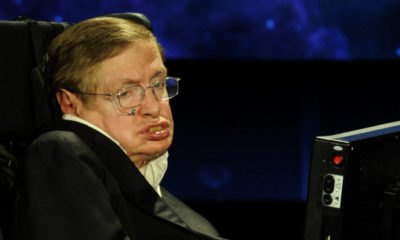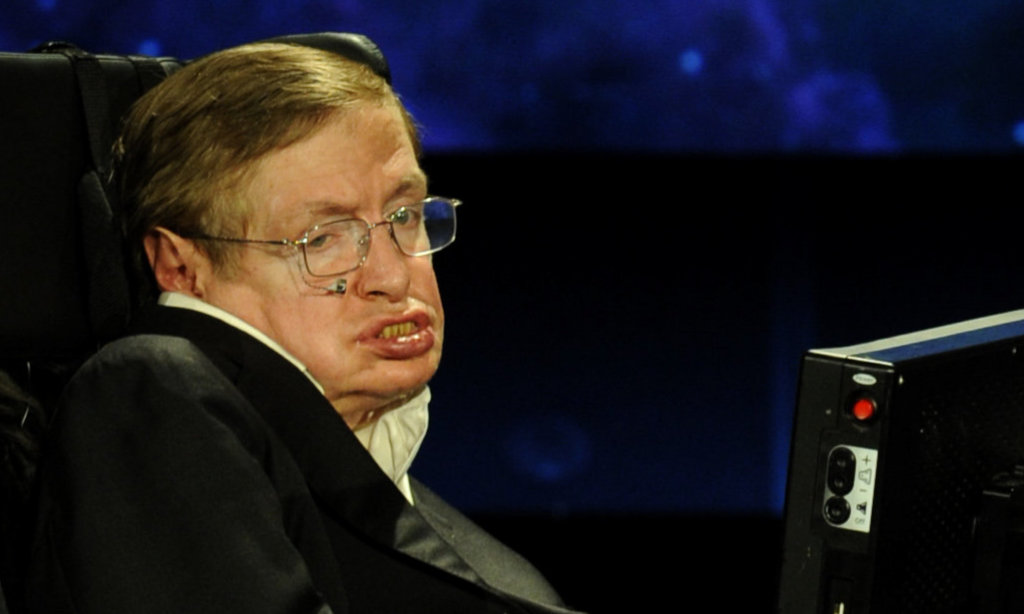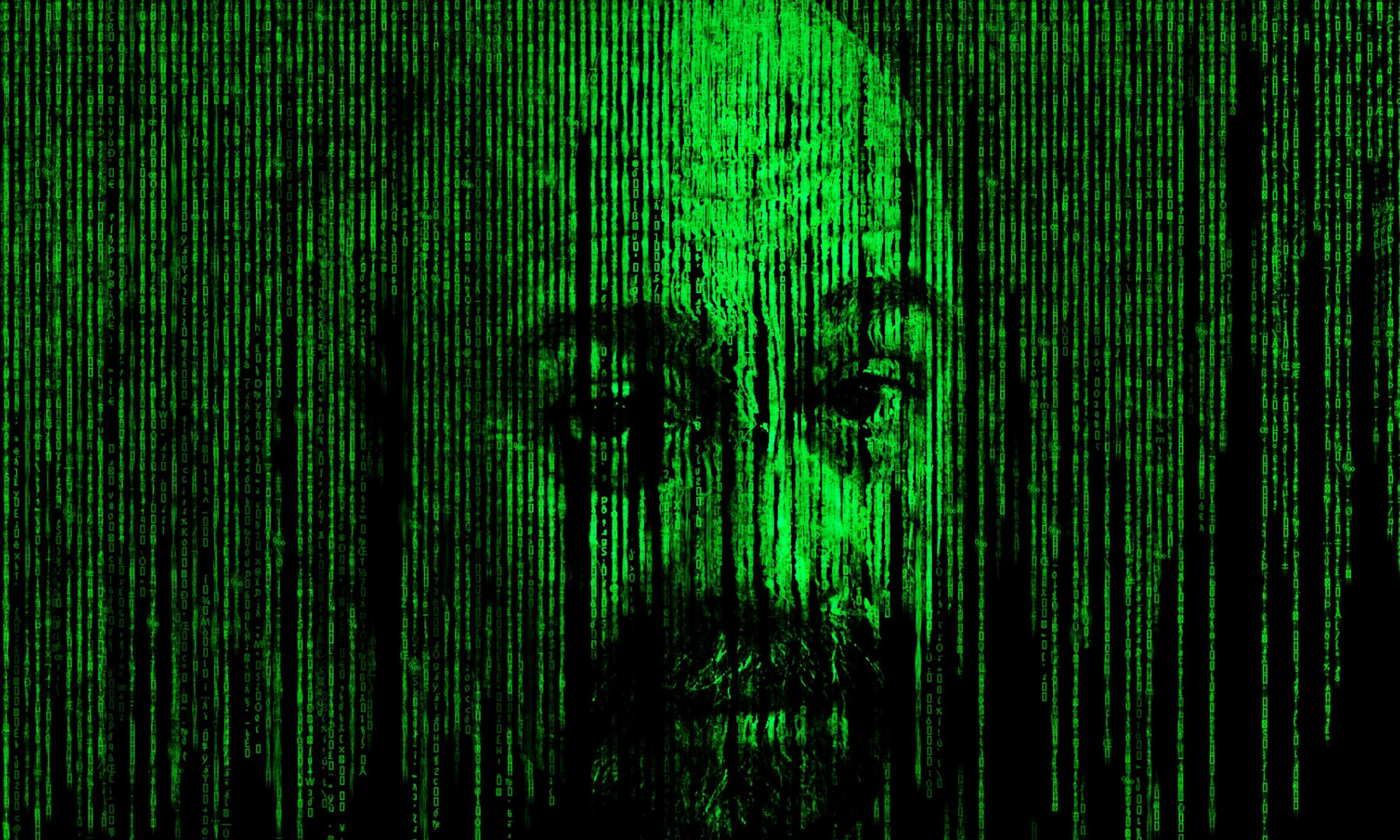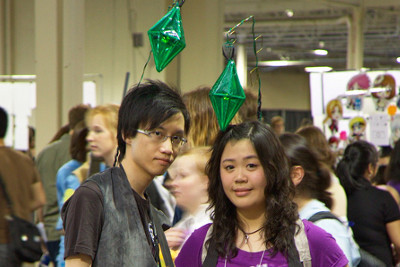Science
Do Parallel Universes Exist? The Many Worlds Theory Says They Do
Have you ever made a decision that you later regretted? We have some good news for you.
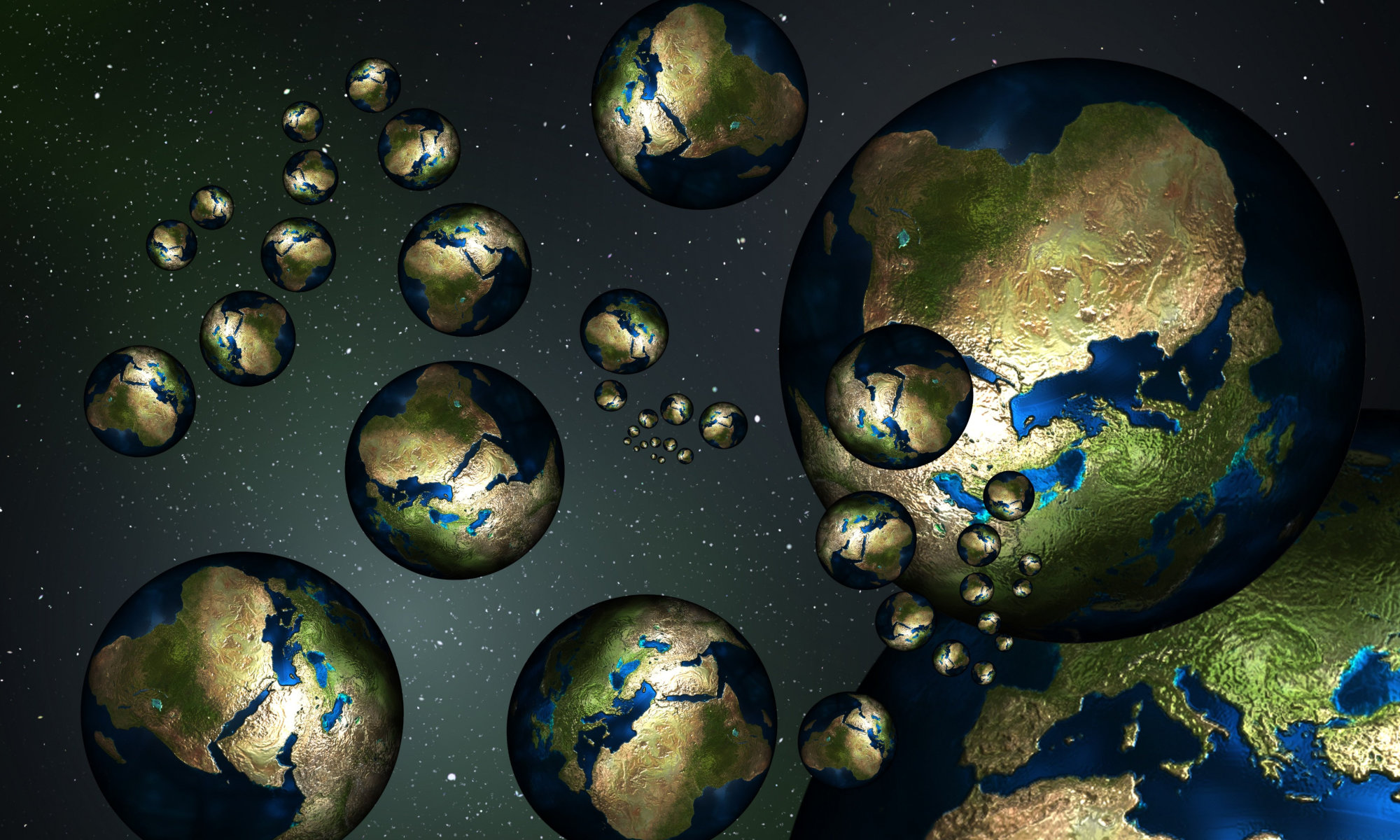

Science
Hawking’s Black Hole Paradox Explained
Where does quantum information go when it enters a black hole? Investigate the theories of the black hole information paradox.
Science
The Universe As We Know It Shouldn’t Exist: The Matter-Antimatter Problem
The universe is a pretty grand place to live, but scientists have one issue with it, it’s an anomaly that should be scientifically impossible.
Science
Are We All Living Inside a Computer Simulation?
Some very clever people think our universe could be a simulation. Here’s why it’s more likely than you think.
-



 Bizarre9 years ago
Bizarre9 years ago5 Strange and Surreal Tales From British Folklore
-

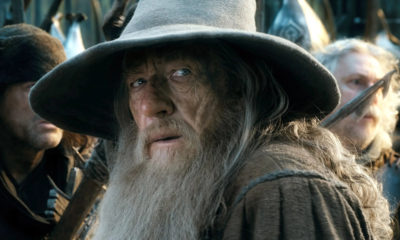

 Entertainment8 years ago
Entertainment8 years ago11 Iconic Movie Characters That Were Almost Played by Someone Else
-



 Bizarre10 years ago
Bizarre10 years ago5 Outlandish April Fools’ Hoaxes That People Actually Fell For
-





 History6 years ago
History6 years agoCola Wars: When Pepsi Traded Cola for Russian Warships
-



 Entertainment10 years ago
Entertainment10 years ago4 Impressive Easter Eggs Hidden in Famous TV Shows
-

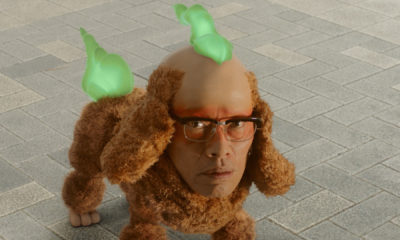

 Bizarre7 years ago
Bizarre7 years agoJinmenken: The Human-Faced Dogs of Japan
-



 History8 years ago
History8 years agoWhy Do We Put Up Christmas Trees?
-

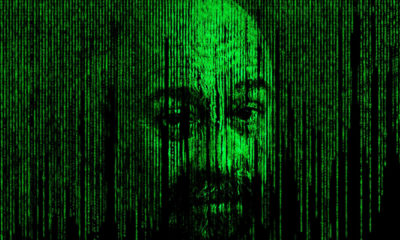

 Science9 years ago
Science9 years agoAre We All Living Inside a Computer Simulation?












